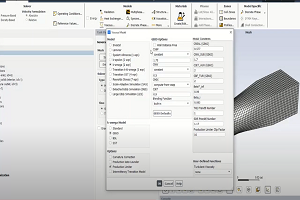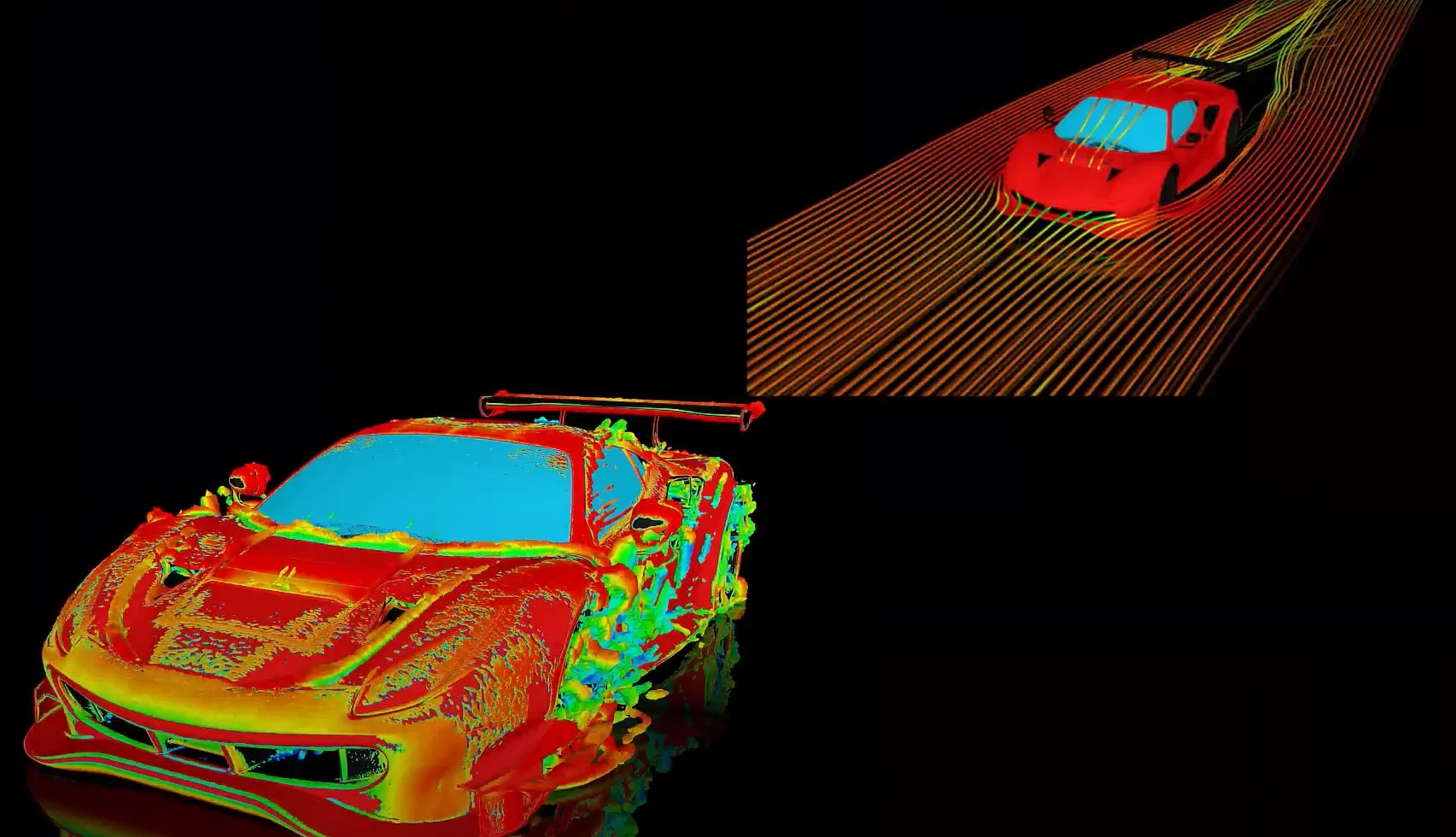Tagged: 18.1, fluid-dynamics, General, system-coupling
-
-
June 5, 2023 at 7:06 am
 FAQParticipant
FAQParticipantThe following is a list comparing MFX to System Coupling (SC): •MFX allows forces to be transferred from a pair of wall boundaries to a set of shell elements (2-to-1 mapping) while SC is limited to 1-to-1 mapping for co-simulation •Mesh smoothing options with CFX are more robust and have more control than Fluent •MFX allows mixed steady/transient couplings and allows restarts from steady-state to transient, neither of which are supported with SC •Cases requiring transient rotor-stator can be solved with MFX/CFX, but cases requiring FSI regions in sliding mesh zones cannot be solved with SC/Fluent •SC/Fluent allows re-meshing whereas MFX is limited to mesh smoothing •MFX does not support many features based on CONTA17* elements, however these are fully supported with SC •SC supports local/shared memory and distributed parallel for MAPDL, whereas MFX only supports local parallel for MAPDL •SC has an easier WB workflow for restarts •Creation of backup points is simpler with SC •SC requires an “ANSYS Structural” or higher license plus any Fluent license, while MFX requires an “ANSYS Mechanical” or higher license plus any CFX/CFD-Flo license, or a single “ANSYS Multiphysics” license, or a single “ANSYS Mechanical CFD-Flo” license •Neither MFX or SC CFX allow for the run to be dynamically changed using “Edit Run in Progress”
-


Introducing Ansys Electronics Desktop on Ansys Cloud
The Watch & Learn video article provides an overview of cloud computing from Electronics Desktop and details the product licenses and subscriptions to ANSYS Cloud Service that are...

How to Create a Reflector for a Center High-Mounted Stop Lamp (CHMSL)
This video article demonstrates how to create a reflector for a center high-mounted stop lamp. Optical Part design in Ansys SPEOS enables the design and validation of multiple...

Introducing the GEKO Turbulence Model in Ansys Fluent
The GEKO (GEneralized K-Omega) turbulence model offers a flexible, robust, general-purpose approach to RANS turbulence modeling. Introducing 2 videos: Part 1 provides background information on the model and a...

Postprocessing on Ansys EnSight
This video demonstrates exporting data from Fluent in EnSight Case Gold format, and it reviews the basic postprocessing capabilities of EnSight.

- How to overcome the model information incompatible with incoming mesh error?
- Skewness in ANSYS Meshing
- Is there a way to get the volume of a register using expression ?
- Ansys Fluent GPU Solver FAQs
- What are the requirements for an axisymmetric analysis?
- How to create and execute a FLUENT journal file?
- What are pressure-based solver vs. density-based solver in FLUENT?
- What is a .wbpz file and how can I use it?
- How to get information about mesh cell count and cell types in Fluent?
- How can I Export and import boxes / Systems from one Workbench Project to another?

© 2025 Copyright ANSYS, Inc. All rights reserved.

